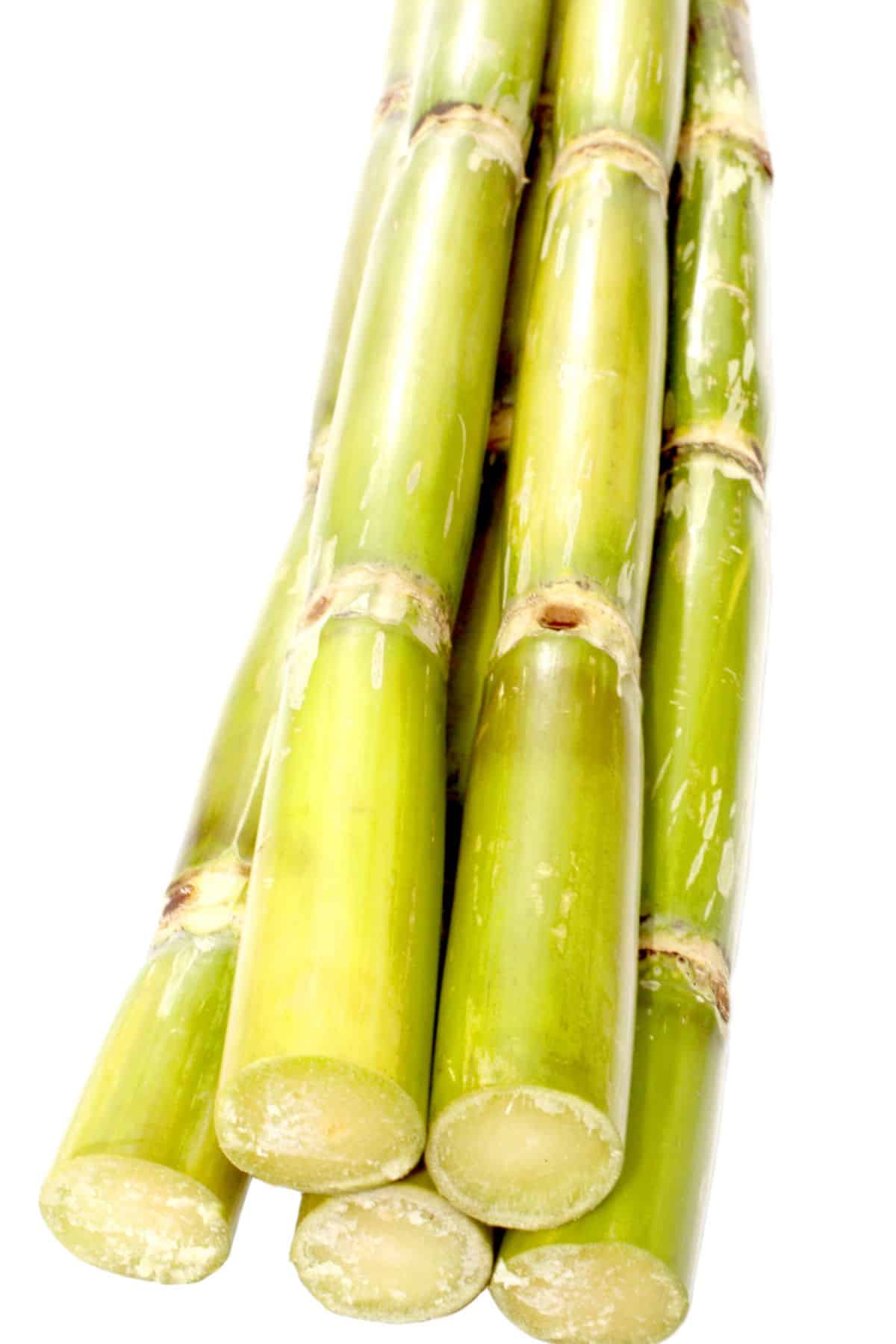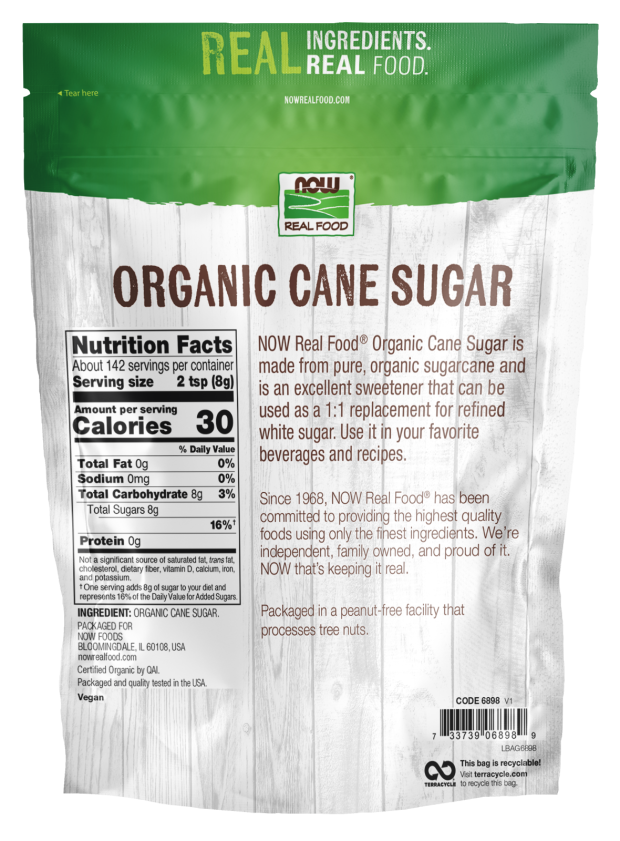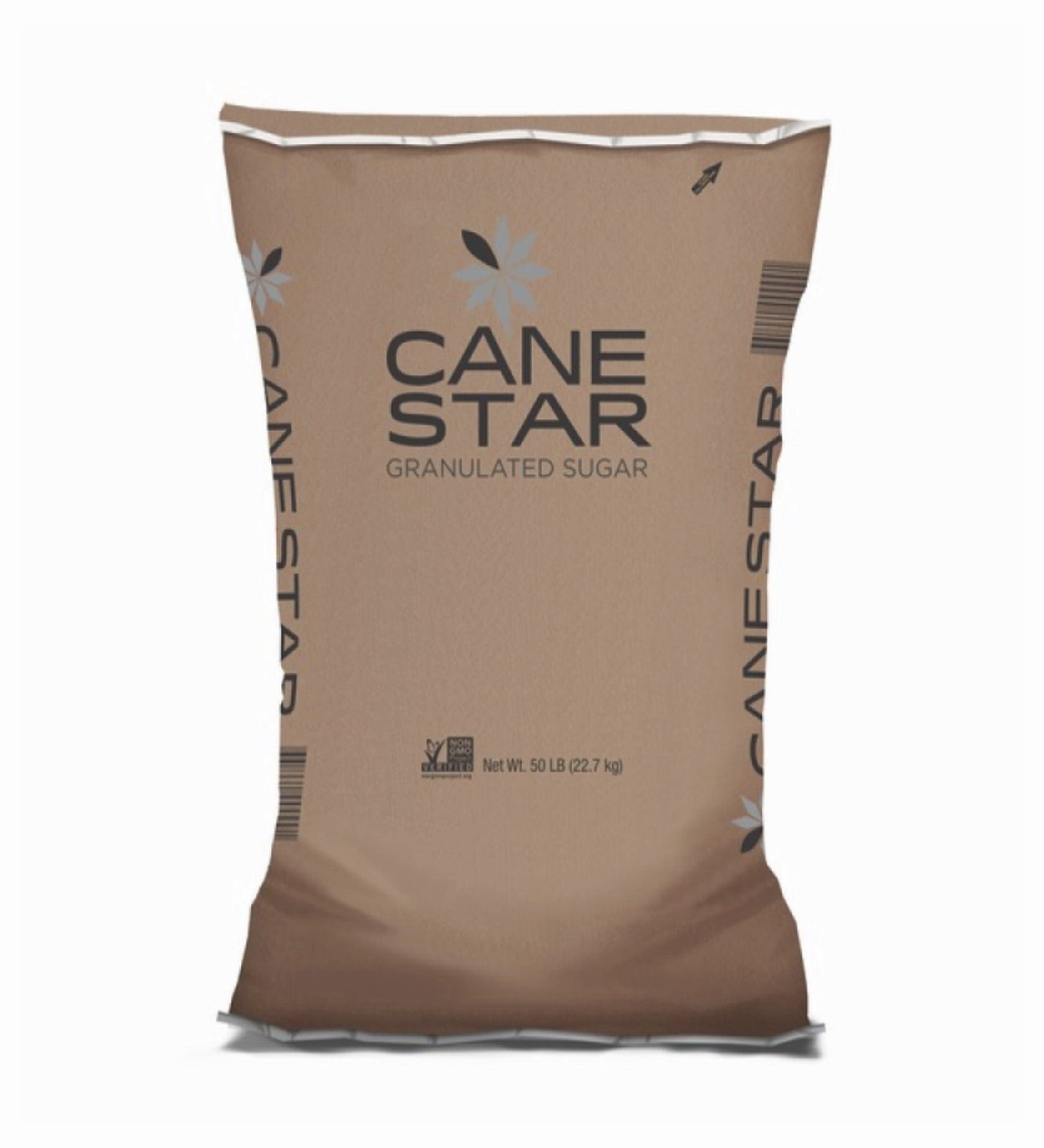Discovering the Comprehensive Steps Associated With Cane Sugar Handling From Gathering to Refinement
The procedure of cane sugar production encompasses a collection of detailed steps, starting with the cautious harvesting of sugarcane and finishing in the refinement stages that ensure the last product meets sector standards. Each stage, from the removal of juice to the purification and condensation procedures, plays a critical duty in determining the quality and character of the sugar.
Collecting Sugarcane
Collecting sugarcane is an important action in the cane sugar processing chain, as it straight influences the top quality and return of the end product. Correct timing and techniques are important during this stage to make certain optimal sugar web content and decrease losses. Typically, sugarcane is collected when it gets to maturity, generally 12 to 18 months after growing, characterized by a high sucrose focus.

Post-harvest, the sugarcane has to be refined promptly to stop sucrose degradation. Preferably, collected walking cane should be transferred to processing facilities within 24 hours to preserve sugar high quality. As a result, reliable logistical preparation is crucial to maintain the honesty of the gathered plant throughout the supply chain.
Removal Refine

The crushed cane goes through a series of pushing operations to make best use of juice recuperation. Usually, warm water is splashed onto the smashed walking cane, creating a countercurrent flow that aids dissolve the sugar while additionally assisting in the removal process. The juice gathered from this operation includes not just sugar yet also different natural compounds and impurities.

To enhance removal effectiveness, some centers might employ diffusion techniques, where the sugarcane is saturated in warm water, allowing the soluble sugars to diffuse into the liquid. The resulting juice, rich in sucrose, is then directed to subsequent processing stages, laying the foundation for purification and improvement. The removal process is therefore essential in determining the high quality and yield of the final sugar product.
Purification Methods
The purification methods utilized in walking stick sugar processing are essential for transforming the raw juice into a high-grade sugar product. These methods mainly aim to remove contaminations, such as dirt, plant products, and inorganic substances, which can detrimentally influence the last product's flavor and shade.
This process involves including lime and warmth to the raw juice, which promotes the coagulation of contaminations. Furthermore, the use of phosphoric acid can improve the information procedure by more binding impurities.
An additional significant method is carbonatation, where co2 is presented to the cleared up juice. This reaction generates calcium carbonate, which catches remaining contaminations and promotes their elimination.
Moreover, activated carbon therapy may be related to adsorb any type of remaining colorants and natural pollutants, guaranteeing a more polished product. The combination of these approaches successfully prepares the sugar juice for subsequent actions in the refining procedure, setting the stage for the production of high-grade walking cane sugar.
Formation Techniques
After the filtration phase, the next critical action in cane sugar processing includes formation methods, which play an essential duty in transforming the clarified juice right visit site into strong sugar. This procedure generally uses 2 primary techniques: spontaneous crystallization and controlled condensation.
In spontaneous formation, supersaturated sugar solutions are enabled to cool normally, bring about the formation of sugar crystals in time. This technique is easier yet might cause uneven crystal sizes and lower purity levels. On the other hand, managed condensation is an extra precise technique where temperature, concentration, and seeding representatives are diligently taken care of. This method enables the uniform growth of sugar crystals and higher purity.
During formation, the made clear juice is concentrated through evaporation, enhancing its sugar web content till it gets to supersaturation. When this factor is accomplished, either method can facilitate the crystallization procedure. Cane Sugar Processing. The resultant sugar crystals are after that divided from the remaining syrup with centrifugation
Ultimately, the option of formation approach influences the quality, dimension, and pureness of the final sugar item, making this step vital in the general cane sugar handling treatment.
Refinement and Product Packaging
Just how can the purity and top quality of walking stick sugar be further boosted after formation? The improvement procedure plays a vital role in achieving top quality cane sugar.
Following, the sugar is subjected to a procedure called centrifugation, where it is rotated at high speeds to divide the cleansed sugar crystals from the remaining liquid. After centrifugation, the sugar is typically further improved via an approach called carbonization or phosphatation, which makes use of turned on carbon or phosphoric acid to eliminate color and off-flavors.
As soon as fine-tuned, the sugar is dried to attain the desired wetness web content, guaranteeing that it continues to be steady throughout storage and transport. The last step involves packaging the refined sugar in moisture-proof and closed containers to keep its quality and avoid contamination. Cane Sugar Processing. Appropriate packaging not only prolongs life span however likewise promotes very easy handling and circulation, ensuring that consumers receive sugar that meets the highest standards of purity and site here top quality
Conclusion
The detailed steps associated with cane sugar processing, from the careful harvesting of sugarcane to the complex improvement and packaging stages, underscore the importance of each phase in ensuring top quality sugar production. Optimal harvesting techniques, reliable removal techniques, and extensive purification procedures jointly add to the end product's pureness and stability. The crystallization and subsequent packaging techniques additionally enhance the integrity and rack life of the sugar, highlighting the intricacy and precision inherent in this essential farming market.
The process of walking cane sugar manufacturing encompasses a collection of detailed steps, beginning with the mindful harvesting of sugarcane and finishing in the refinement phases that guarantee the last product meets sector requirements. Preferably, he has a good point gathered cane needs to be moved to refining facilities within 24 hours to maintain sugar high quality.In spontaneous crystallization, supersaturated sugar remedies are enabled to cool normally, leading to the formation of sugar crystals over time - Cane Sugar Processing. The improvement process plays an essential role in attaining top notch walking stick sugar.The detailed actions included in walking cane sugar handling, from the thorough harvesting of sugarcane to the complex refinement and product packaging phases, highlight the significance of each stage in making sure high-grade sugar manufacturing